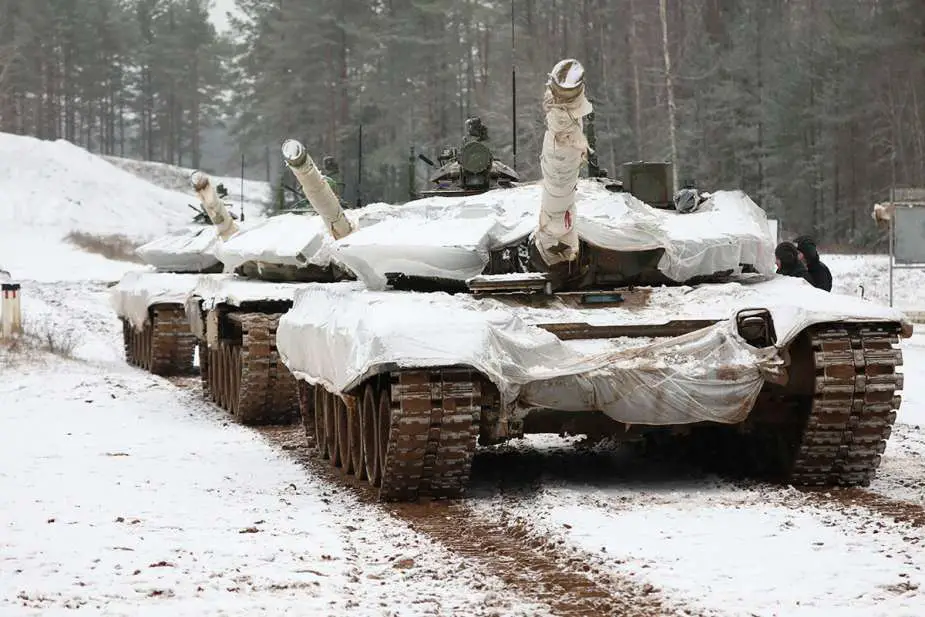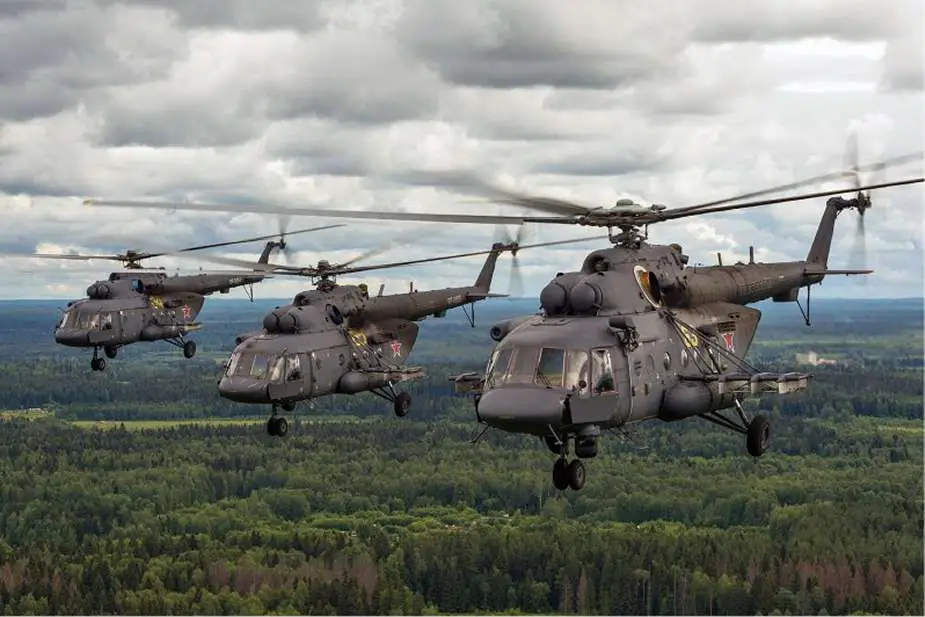Breaking news
Russian Airborne Forces to add tank units and own aviation.
According to Wpristav.SU on October 4, 2023, the Russian Ministry of Defense has recently disclosed plans to strengthen and restructure the Russian Airborne Forces (VDV) with hundreds of tanks and its own aviation. These developments are taking place amid the ongoing war in Ukraine, during which Russian Airborne troops have demonstrated adaptability in executing a range of military tasks. Though comprehensive details of this reorganization are still forthcoming, some key elements have been disclosed.
Follow Army Recognition on Google News at this link

T-72B3 from the Russian Airborne units during training in 2020 (Picture source: Russian MoD)
According to the publication, the Ministry of Defense's decision to enhance the organization and equipment of the Airborne Forces was officially announced on October 2. This decision represents a significant change in the way Airborne troops are structured and equipped, with the primary goal of improving their combat effectiveness and adaptability.
While specific details regarding the numbers and units set for reinforcement have not been officially revealed, the core of the plan involves an expansion of tank units within the Airborne Forces. This expansion will require an increase in the number of tank crews. However, exact figures, such as the number of tanks to be added or the specific divisions to receive reinforcements, remain undisclosed at this point. Depending on the exact intentions of the Ministry of Defense, the number of tank units in the Airborne Forces may increase by one and a half to two times or more, meaning that the number of tanks will increase to several hundred. Although this would still constitute a smaller force compared to the Russian ground forces, it would enhance the firepower, protection, and self-sufficiency of Airborne units.
Currently, the Russian Airborne Forces possess only two tank battalions within the 7th and 76th Guards Air Assault Divisions, housing a total of approximately 150-160 Main Battle Tanks (MBTs). Other units rely on Airborne light armored vehicles such as the 2S9 Nona-S 120mm self-propelled mortar and the BMD-4M infantry fighting vehicle (IFV). The intention is likely to form new tank battalions within divisions that currently lack tanks, thereby increasing overall firepower and protection, allowing for more complex missions, and simplifying combat operations through greater self-sufficiency.
In conjunction with the bolstering of armored capabilities, the Airborne Forces will establish their own army aviation units, replacing similar structures within the Aerospace Forces. The Airborne Forces' aviation units will incorporate squadrons equipped with Mi-8AMTSh-VN helicopters for transport and fire support roles, as well as Mi-28 and Ka-52 attack helicopters for combat support. These units will ensure greater autonomy and synergy within Airborne formations, providing enhanced support to Airborne formations, whether they are operating on the front lines or conducting operations deep behind enemy lines.
The Mi-8AMTSh-VN helicopter, designed for transport and assault roles, will play a central role within the newly established aviation units. These helicopters have the capability to transport up to 16 paratroopers along with their weaponry and are equipped with a range of standard armaments. Notably, the Mi-8AMTSh-VN differs from other helicopters in the Mi-8 family due to its expanded ammunition range and improved sighting and navigation systems.
Currently, the Russian Airborne Forces predominantly rely on unmanned aircraft for reconnaissance and surveillance tasks. However, for missions involving troop transportation, landing, and fire support, cooperation with aircraft and helicopters from the Aerospace Forces remains essential. Although inter-service collaboration has been practiced during exercises and the ongoing war, the Ministry of Defense envisions the establishment of autonomous aviation units and landing troops within the Airborne Forces.
The decision to enhance the Airborne Forces' capabilities is rooted in their demonstrated versatility in recent operational experiences. Since the start of the war, Russian Airborne units have been consistently engaged in combat operations that did not require traditional airborne assaults. For the Russian Ministry of Defense, this practical experience has underscored the value of having both specialized landing equipment and conventional tanks within the Airborne Forces, as tanks have proven effective in providing fire support during these operations. While the exact timeline for these changes remains uncertain, the comprehensive improvements in organization and equipment are poised to enhance the Airborne Forces' performance on the battlefield, potentially representing a notable development in Russia's military strategy.

Russian Airborne troops will also receive attack helicopter squadrons with Mi-8 and KA-52 attack helicopters (Picture source: Yandex)


























